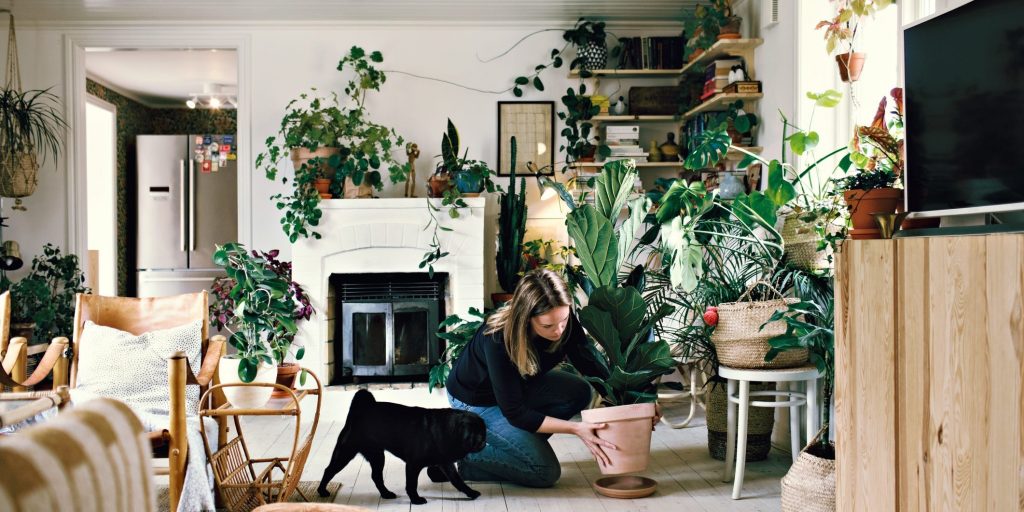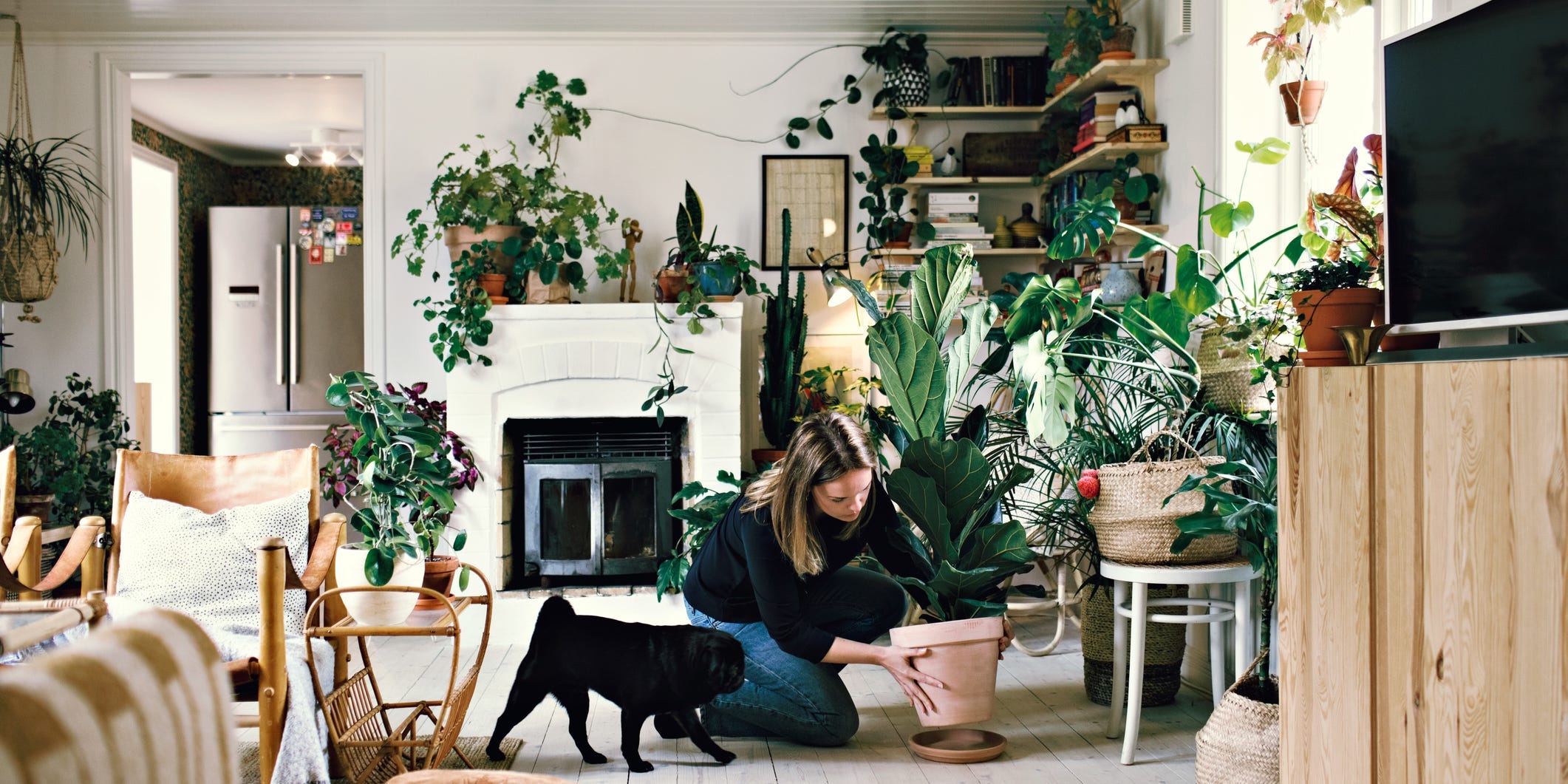
- Most indoor plants require a lower watering frequency and indirect light.
- Choosing the perfect spot in your home or office can be the key to a thriving houseplant.
- It's important to confirm plant toxicity if you have pets at home.
- Visit Insider's Home & Kitchen Reference library for more stories.
Choosing the right houseplant for your home or office can require more than just a visual attraction. Filling our indoor spaces with houseplants provides not only a verdant environment but several have been known to reduce stress and purify the air.
Angelo Randaci, master gardener and horticulture expert at Earth's Ally, gave us his care tips on the top 10 best plants for your indoor space.
What makes a good indoor plant?
Of course, any living thing will require a certain level of care, but some of the best indoor plants are the easiest to take care of. For an indoor plant that will brighten and enliven your space but won't disrupt your routine too much, look for plants that:
- Have an easy and infrequent watering schedule: A dead or wilting houseplant does not make for lovely decor. Opt for something hardy enough to withstand an accidental missed watering or two.
- Require bright but indirect light: This gives you more flexibility to place them where they look best in your home.
- Are non-toxic to pets, if you're a pet parent: Check our favorite pet-safe houseplants or find out more on plant toxicity through the ASPCA's houseplant database.
What is a hardiness zone?
Choosing a plant that will thrive in the appropriate climate zone can make a huge difference in a plant's health.
The USDA's plant hardiness zones set a standard for which plants are most likely to thrive planted outdoors in your geographic location. Knowing your zone means knowing everything from winter temperatures to humidity levels in the area you live.
These factors will help you determine the potential effects of the outdoor climate on your indoor plant. If you live in a zone with high humidity, for example, consider an indoor plant that can adapt to those conditions.
Swiss cheese plant
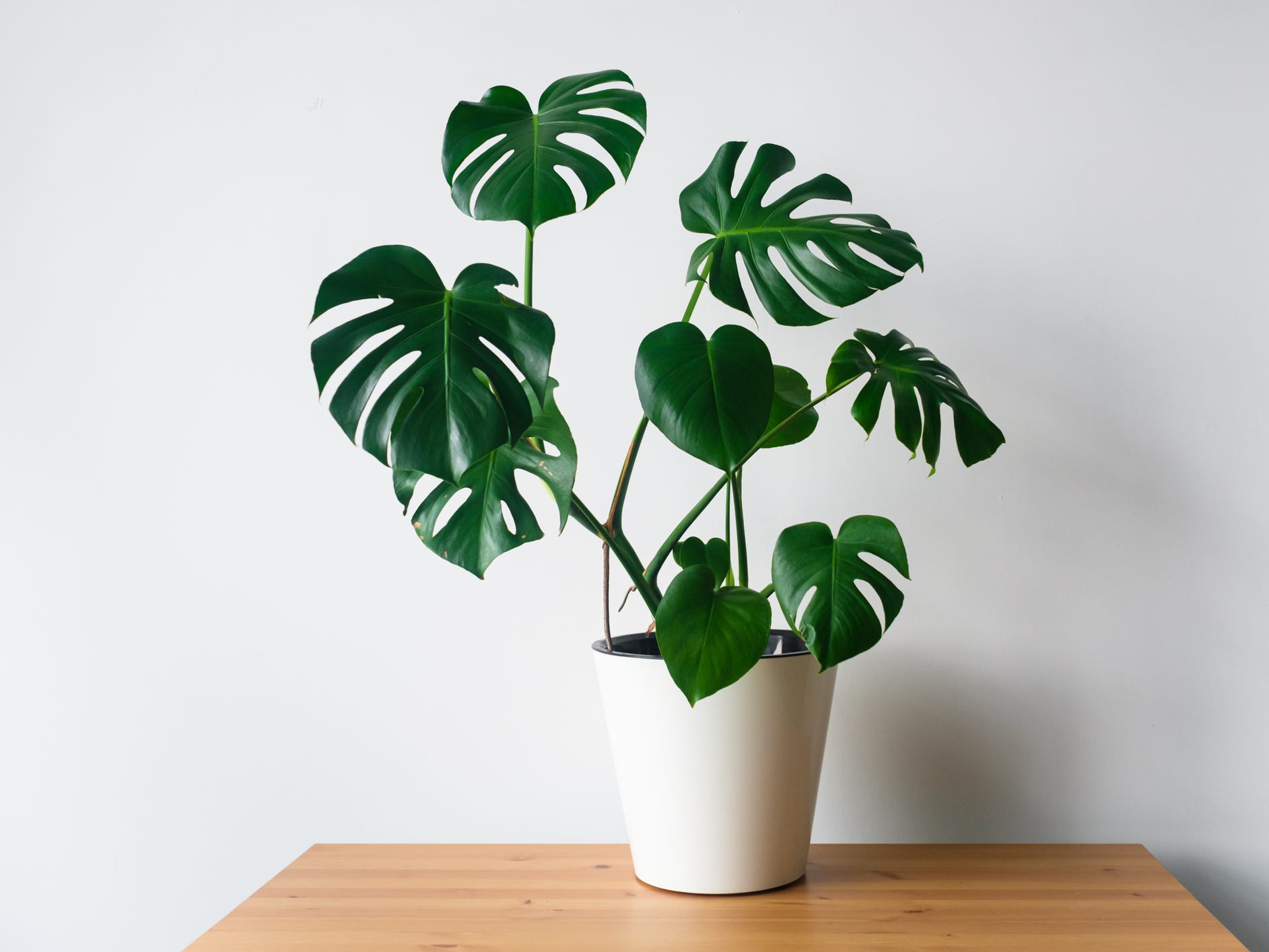
Kseniâ Solov'eva / EyeEm/Getty Images
The Swiss cheese plant (Monstera deliciosa) is easily one of the most popular and aesthetically pleasing houseplants. Its split, heart-shaped leaves and simple upkeep make it an indoor favorite. "This plant can thrive during summer months outdoors as well," says Randaci.
Spider plant
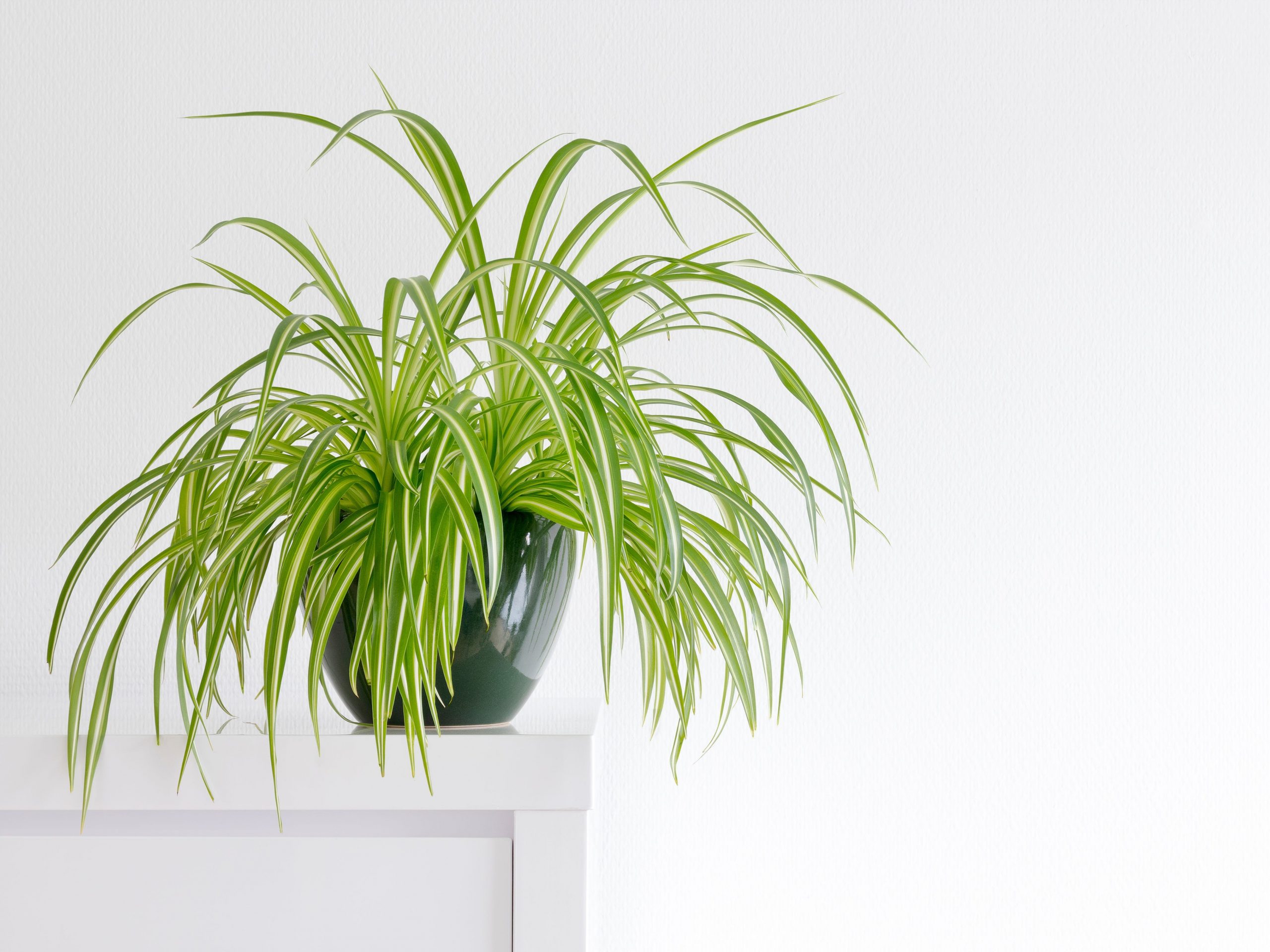
dropStock/Getty Images
Spider plants (Chlorophytum comosum) are preferred among plant lovers for their pet-friendliness. They can also be placed in a hanging planter to take up less horizontal space indoors. "Spider plants have air-purifying qualities and can be grown as annuals outdoors and brought indoors during colder months," says Randaci.
ZZ plant
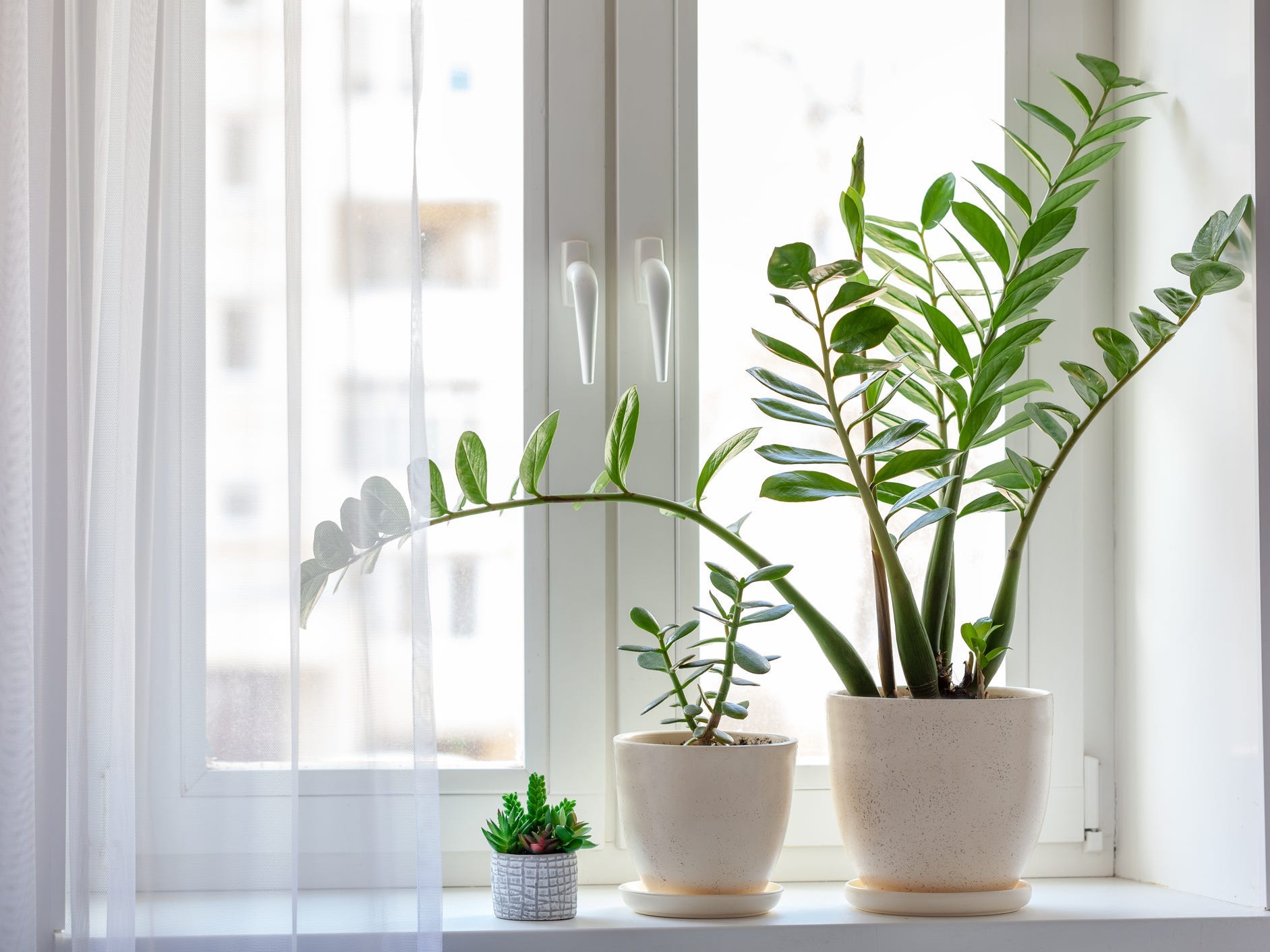
Zaikina/Getty Images
The ZZ plant (Zamioculcas zamifolia) is one of the toughest indoor houseplants and can survive even the most difficult situations, such as long periods without water. "ZZ plants can purify the air and are able to remove volatile organic compounds from the air," says Randaci.
Snake plant
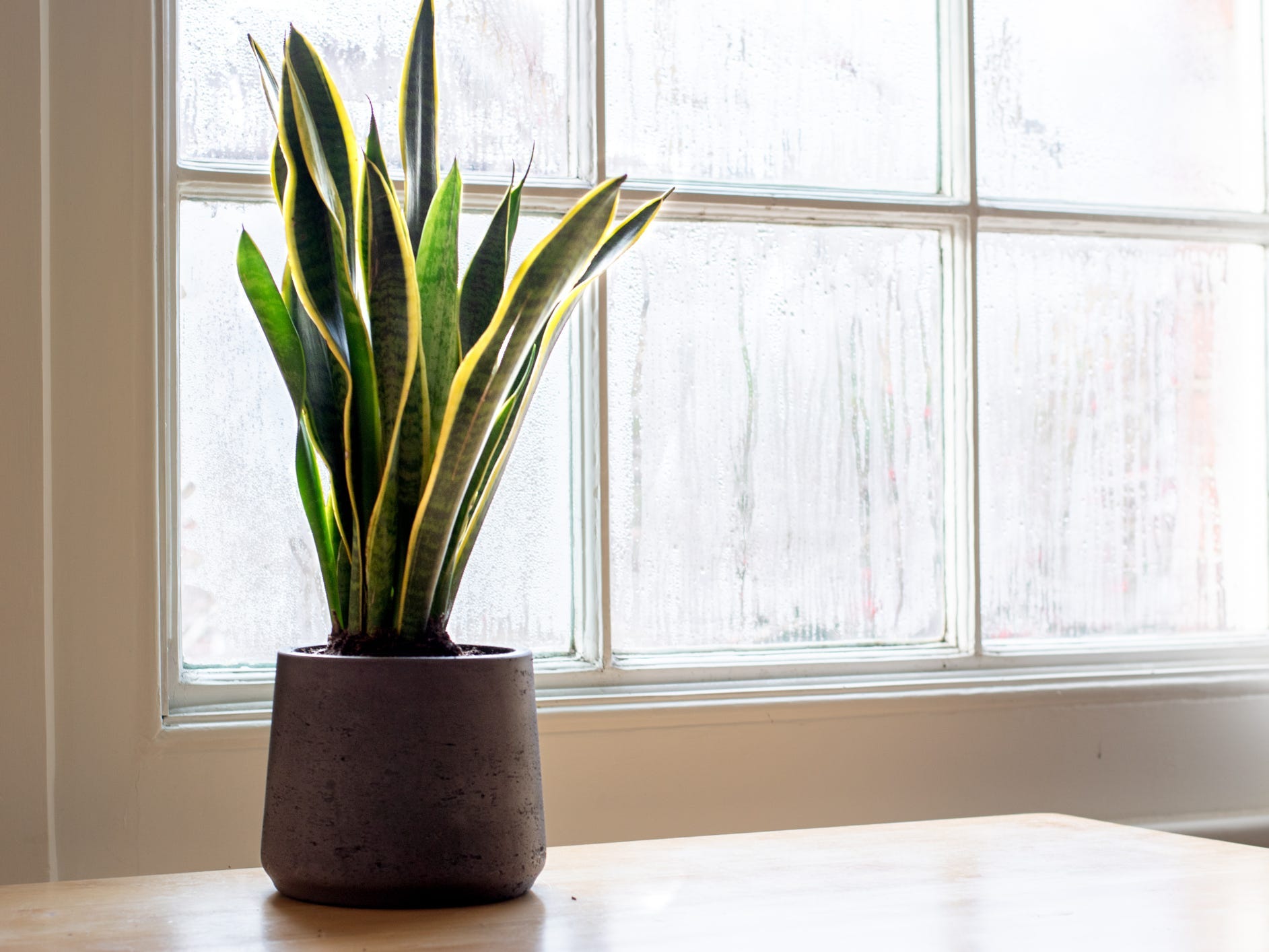
Grumpy Cow Studios/Getty Images
Renowned for their low maintenance, snake plants (Dracaena trifasciata) can survive difficult conditions, low light, and usually only require water once a month. "They grow best in bright light, but will tolerate very low light situations. They are also very pest and disease resistant," says Randaci.
Devil's ivy a.k.a. pothos
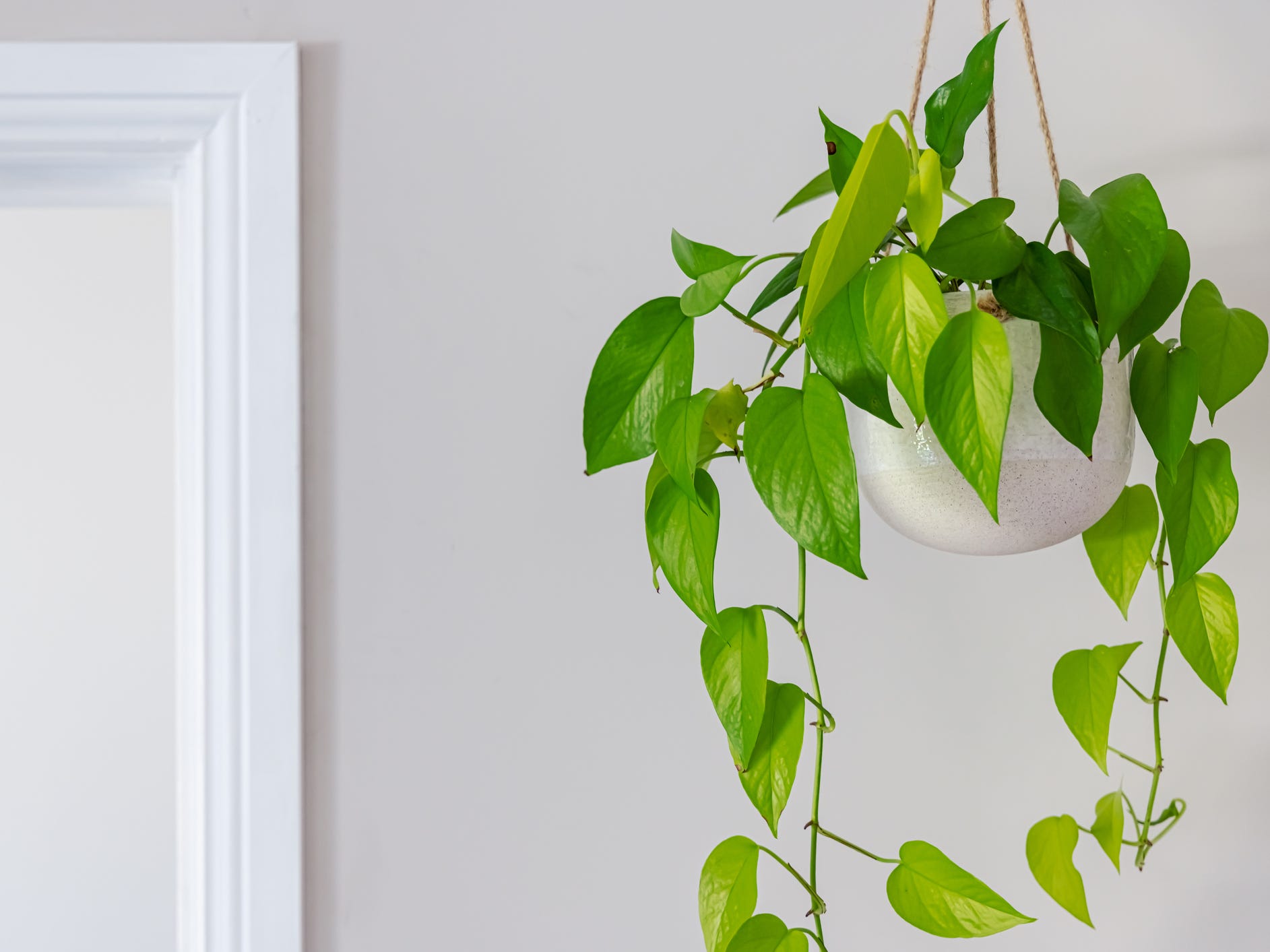
Brendan Maher/Getty Images
Pothos (Epipremnum aureum) are beloved for their durability and trailing vines. They're also famously easy to propagate. While they are not pet-friendly, pothos make the perfect hanging plant for any indoor space. "Pothos prefer bright, indirect light, but will thrive in most low light situations," says Randaci.
Cast iron plant
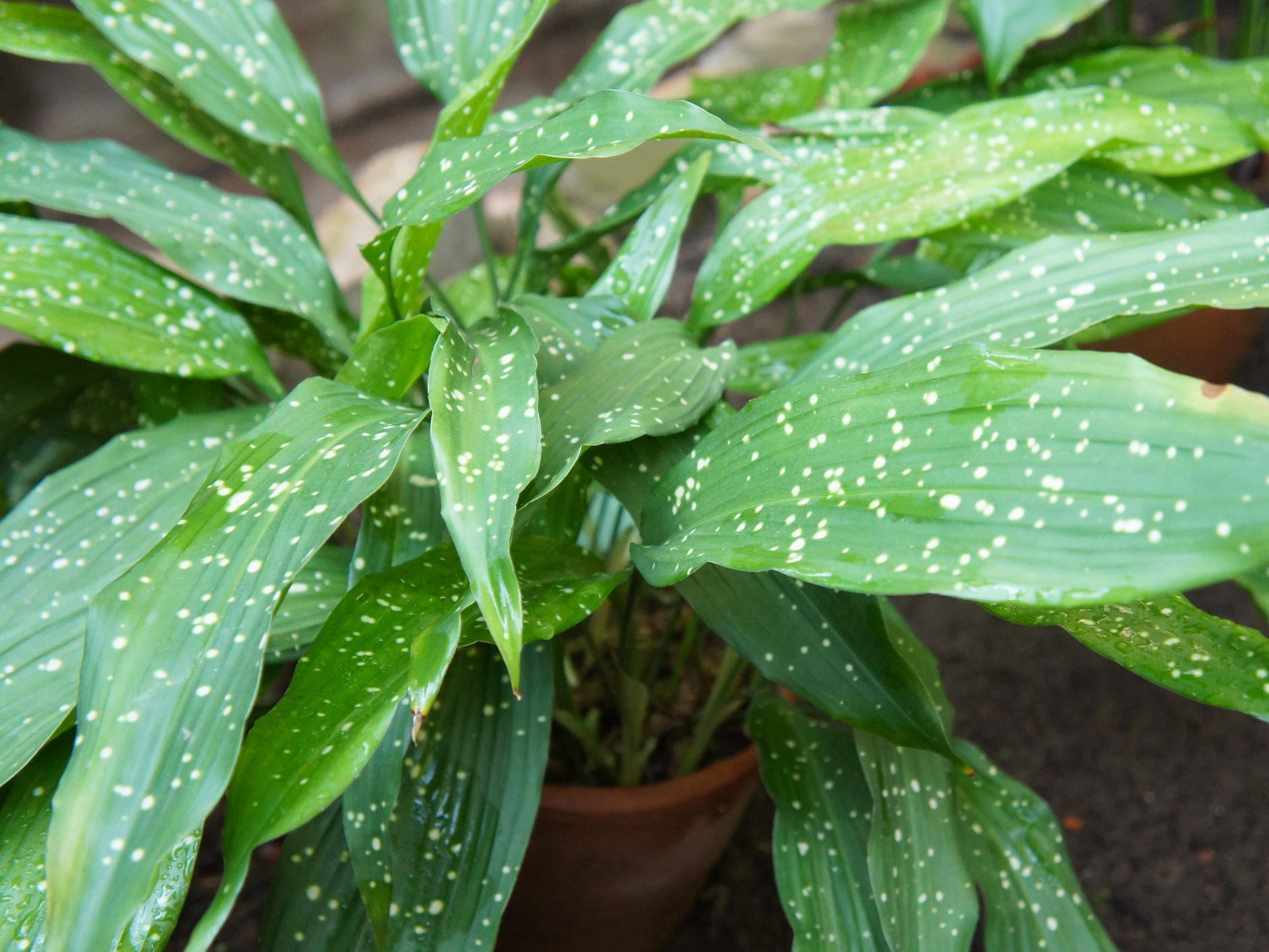
skymoon13/Getty Images
Named for their nearly indestructible nature, cast iron plants (Aspidistra elatior) are native to Japan and have a rich, dark green color. This houseplant is perfect for black thumbs and houseplant beginners. "This is an adaptable houseplant," says Randaci. "It will tolerate most any light level except total darkness or full sun."
Air plant
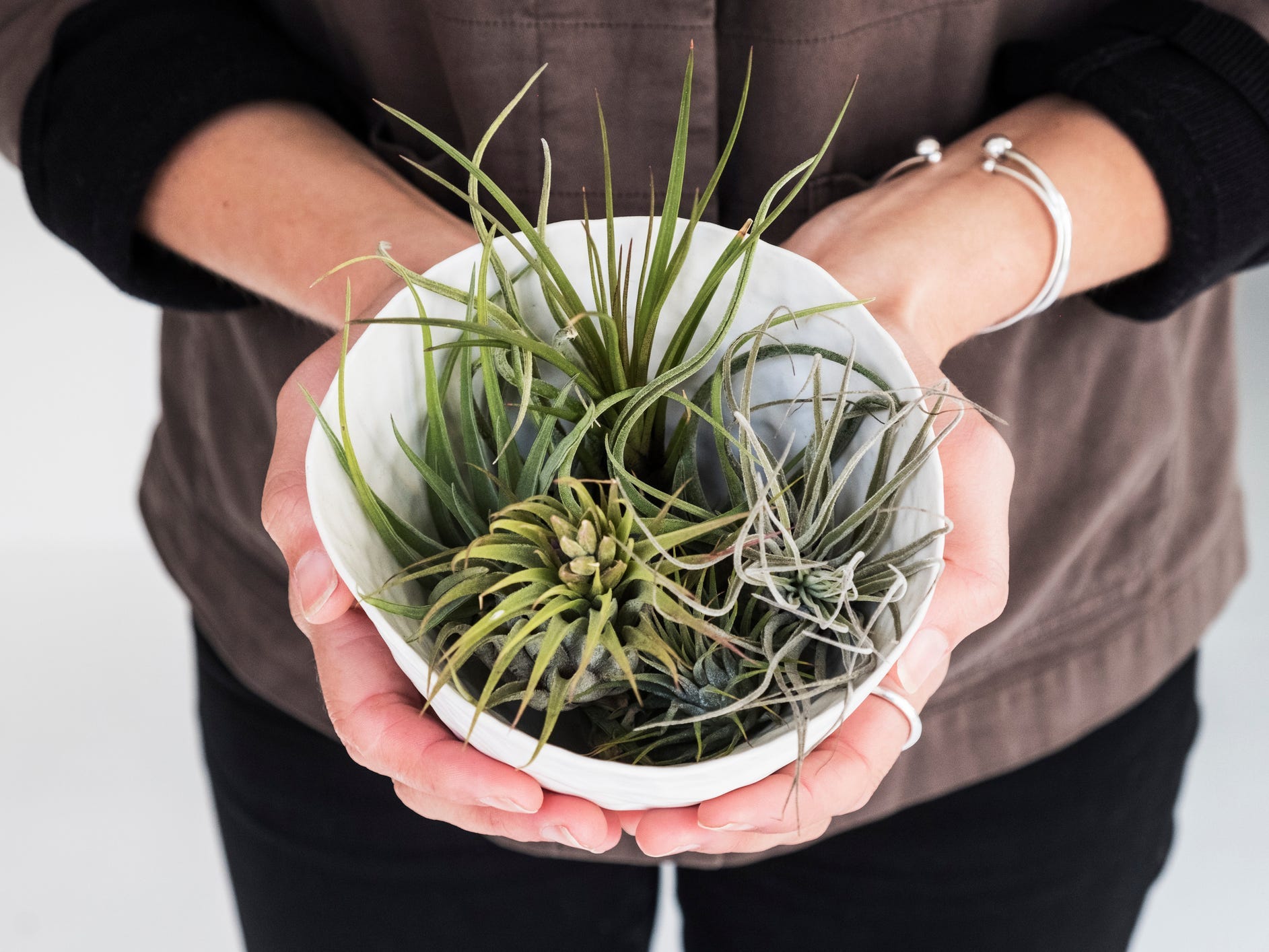
Mint Images/Getty Images
Air plants (Tillandsia) make excellent, pet-friendly, low-maintenance houseplants. Air plants have a delicate appearance, but don't need any soil to grow and can be displayed anywhere there is bright, indirect light, making them perfect decor for bathrooms. "Air plants only need a light soaking once a week or misting once every few days," says Randaci.
Chinese evergreen
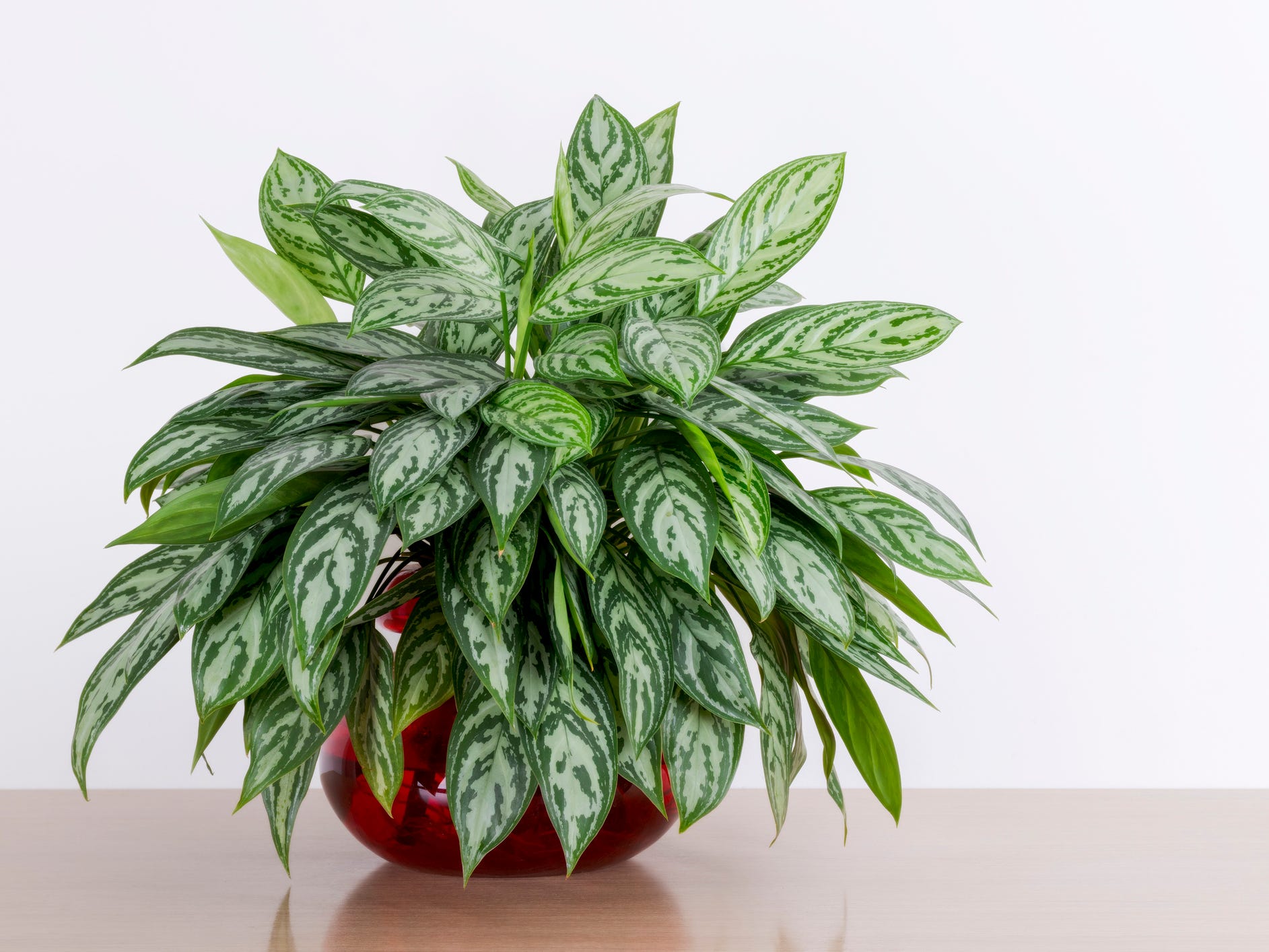
dropStock/Getty Images
The popular Chinese evergreen plant (Aglaonema sp.) is admired for its striking variegated leaves and hardiness. "They are easy to care for and adaptable to almost any home or office, although they are sensitive to locations where temperatures drop below 60 degrees," says Randaci.
Bird's nest fern
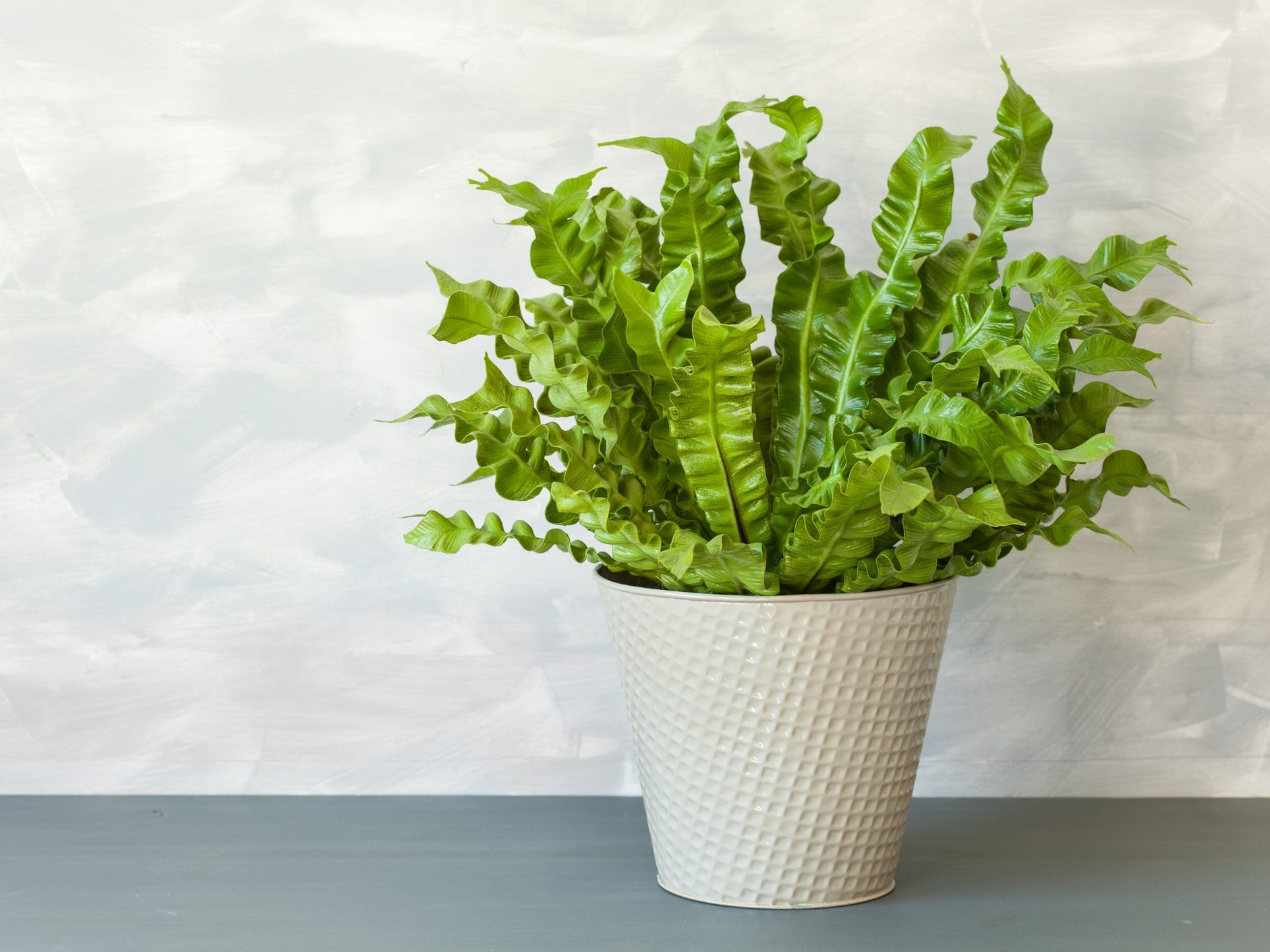
OlgaMiltsova/Getty Images
Bird's nest ferns (Asplenium nidus) enjoy a more humid environment, so these lush plants are perfect for well-lit bathrooms. Their cascading, rippled fronds look great in a hanging planter and are also a pet-friendly houseplant.
Palms
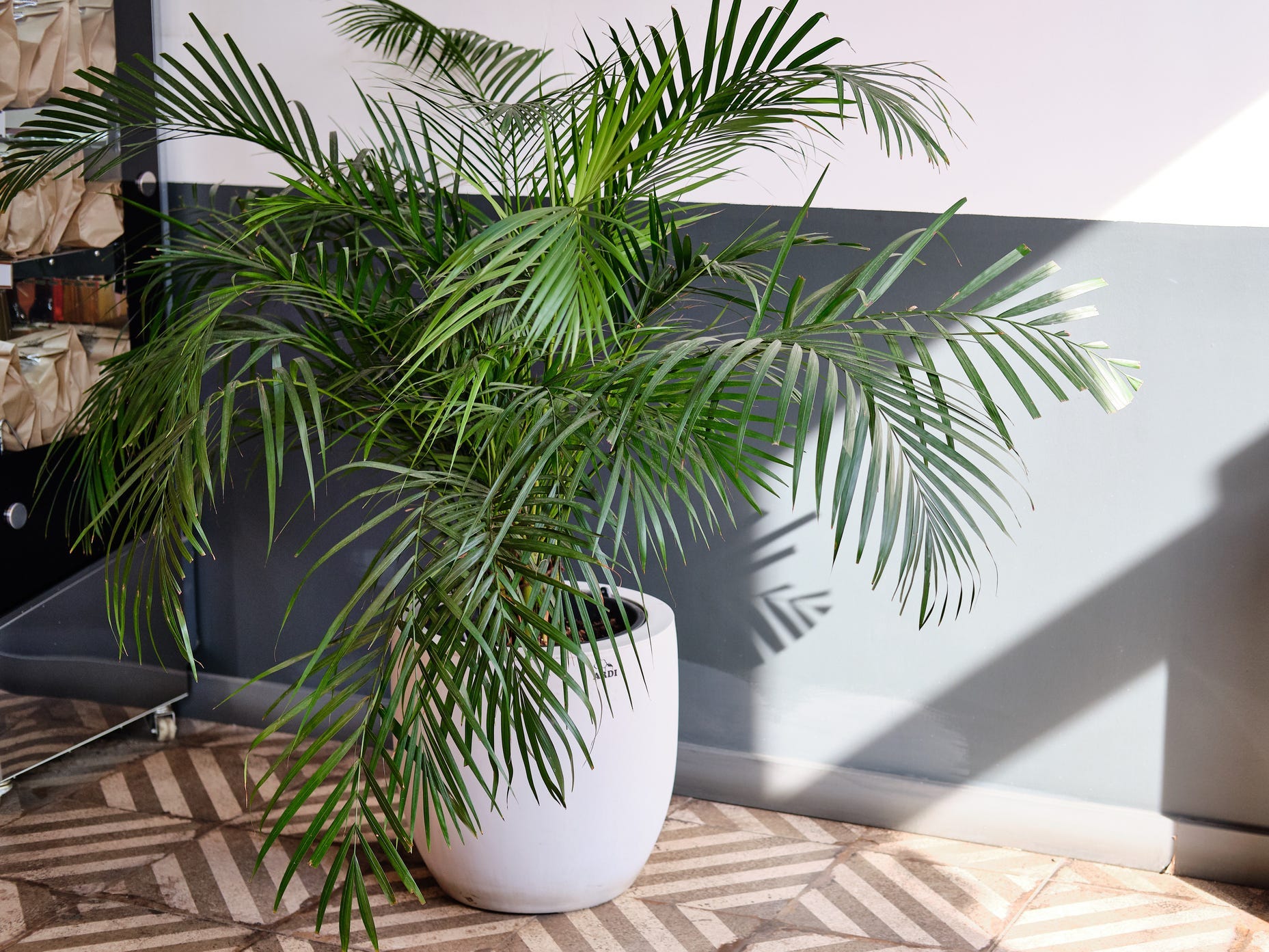
Elvira Kashapova / EyeEm/Getty Images
True palms are an excellent tropical addition to bring indoors. True palms are relatively easy to care for and are also pet-friendly; however, beware the sago palm (Cycas revoluta) which is not a true palm and is quite toxic to pets.
"Parlor palms (Chamaedorea elegans) and areca palms (Dypsis lutescens) will thrive in warmer climates, while pygmy date palms (Phoenix roebelenii) and kentia palms (Howea forsteriana) can survive temperatures in the 30's," says Randaci.
Indoor plant care
Whether you're a houseplant novice or expert, maintenance is key in letting your plant thrive. Choosing the right pot, the right fertilizer, and the right spot for your plant in your home or office can be just as important for its health as watering.
"After purchasing your plant, check if it needs to be repotted - the roots may be growing through the drainage hole or pushing the plant up - and always choose a decorative pot with a drainage hole," says Randaci. "Make sure you have a quality potting mix and fertilizer/feed that will fit your plant's needs according to the recommendations on the label or from your local nursery."
If you're worried about your watering habits, Randaci recommends testing things out and watering indoor plants when the top few inches feels dry to the touch.
Insider's takeaway
Many indoor plants can be finicky, but with the right amount of care, most will live a healthy life. If you're doing everything right and notice your houseplant is still not thriving, Randaci offers simple advice: "Move your plants around your home to see where they are happiest."
